The alarming release of nanoplastics when microwaving plastic containers has been unveiled by a groundbreaking study from the University of Nebraska. Lincoln. The convenience of microwaving might come at a hidden cost: ingesting vast amounts of tiny plastic particles. Microwaving plastic baby food, shockingly, containers can release over 2 billion nanoplastics & 4 million microplastics per square centimeter. The health implications of consuming these micro- & nanoplastics remain a topic of intense debate & research.
A staggering 75% of cultured embryonic kidney cells died within 2 days, after exposure to these plastic particles. The 2022 report of the World Health Organization advises limiting exposures to such particles. The study’s lead author, Kazi Albab Hussain emphasized the importance of understanding our intake of these plastics, stating: “It is really important to know how many micro- & nanoplastics we are taking in.” He further compared the awareness of plastic particle content in food to our understanding of calories & nutrients.
It is the belief of Hussain that understanding the level of plastic particle ingestion is pivotal to grasping the potential harm they might inflict. The research journey began in 2021, the same year Hussain became a parent, sparking his interest in the safety of baby food containers. The plastic particles from baby bottles had been explored by previous studies, but none had delved into the plastic containers & pouches commonly used by parents.
The experiments of the team involved 2 baby food containers made of polypropylene & a reusable pouch of polythene, both approved by the FDA. Containers filled with deionised water or 3% of acetic acid were microwaved, in a notable experiment, simulating the conditions for heating dairy products, fruits, & vegetables. The results revealed that the number of particles released varied based on the type of plastic container & the liquid inside.
Infants & toddlers, alarmingly, consuming microwaved product might be ingesting the highest concentrations of plastics. Even storage conditions, like refrigeration or room temperature over 6 months, could lead to the increase of these harmful particles. Hussain shared his personal concern, stating, “For my baby, I was unable to completely avoid the use of plastic”. The need for public awareness about the scenarios causing the most significant release of micro- & nanoplastics was emphasized by him.
The team exposed embryonic kidney cells to the released plastic particles, collaborating with Svetlana Romanova from the University of Nebraska Medical Center. The concentrations that infants & toddlers might accumulate over days or from various sources were simulated by the exposure. A side-by-side comparison revealed that only 23% of kidney cells exposed to high concentrations survived after 72 hours. This mortality rate was significantly higher than previous studies on micro- & nanoplastics toxicity.
The team hypothesised that kidney cells might be more vulnerable to these particles than other cell types. Earlier studies mainly focused on larger polypropylene particles, some potentially too big to penetrate cells. The Nebraska study found that polypropylene containers & polyethylene pouches typically release about 1,000 times more nanoplastic than microplastics. The pressing need for answers regarding the true risks of consuming these particles was highlighted by Hussain.
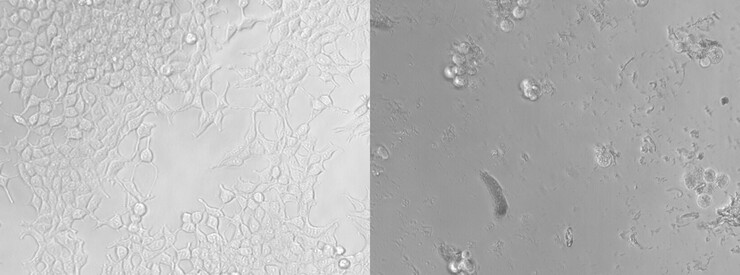
Manufacturers must seek safer alternatives, if these plastics pose a health threat, especially for baby food storage. Hussain envisions a future where products proudly display labels like ‘microplastic-free’ or ‘nanoplastics-free’. The findings of the team were published in the esteemed Journal, Environmental Science & Technology. The research was a collaborative effort, with contributions from experts like Yusong Li, Mathis Schubert, & Yongfeng Lu. The National Science Foundation & the Buffett Early Childhood Institute supported the study financially.
The pressing need for more research into the health implications of micro- & nanoplastics is underscored by the discovery. It is crucial for consumers to be informed & make choices that prioritize health & safety. The study serves as a wake-up call to industries relying heavily on plastics, urging them to innovate & find safer alternatives. The importance of regulatory bodies in setting guidelines for plastic use in food containers is emphasized by the findings.
Such studies shed light on the unseen dangers lurking in our daily routines, as the world grapples with the plastic pollution crisis. It is not just about the visible plastic waste, the invisible threat of micro– & nanoplastics is equally concerning. The study is a testament to the dedication of researchers who are committed to ensuring a safer environment for future generations. It is essential to prioritize research that can guide us towards a plastic-free future, as we move forward.
The Nebraska study is a significant step in understanding the hidden dangers of our modern conveniences. It is a call to action for industries, policymakers, & consumers alike. In the words of Hussain, “People deserve to know, & they should choose wisely.“
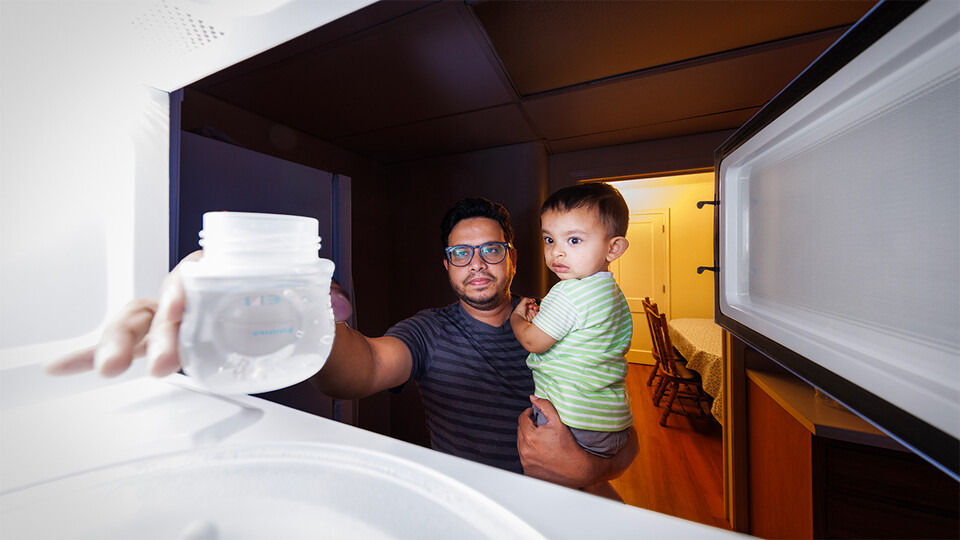
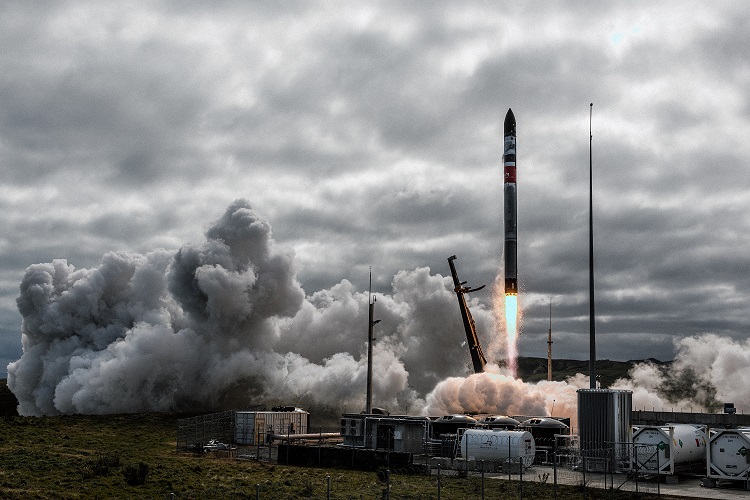

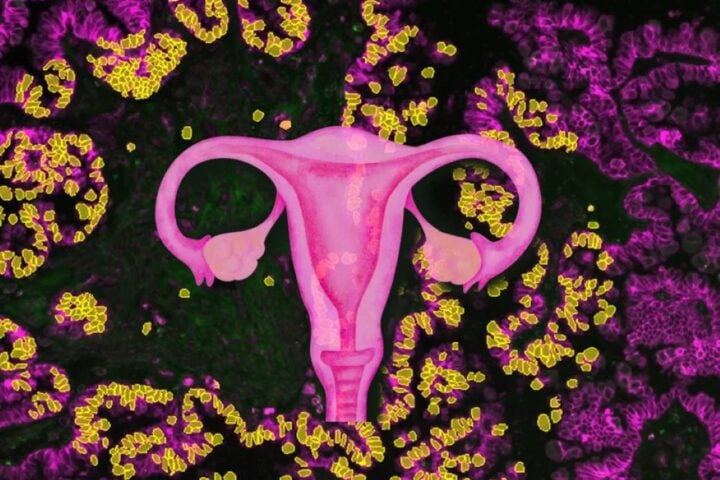
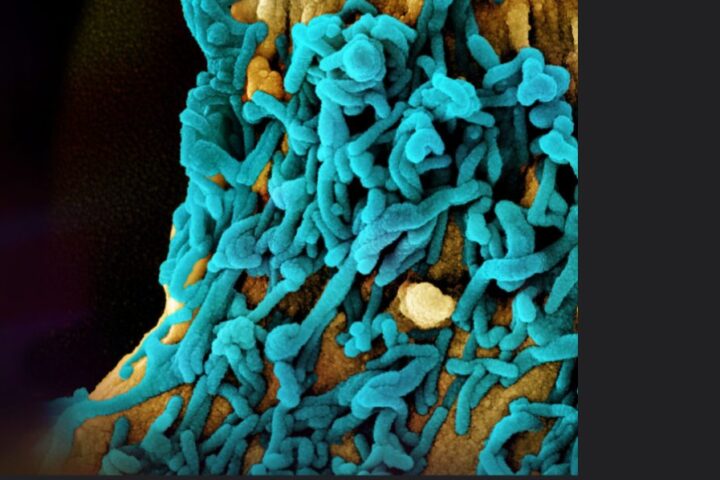
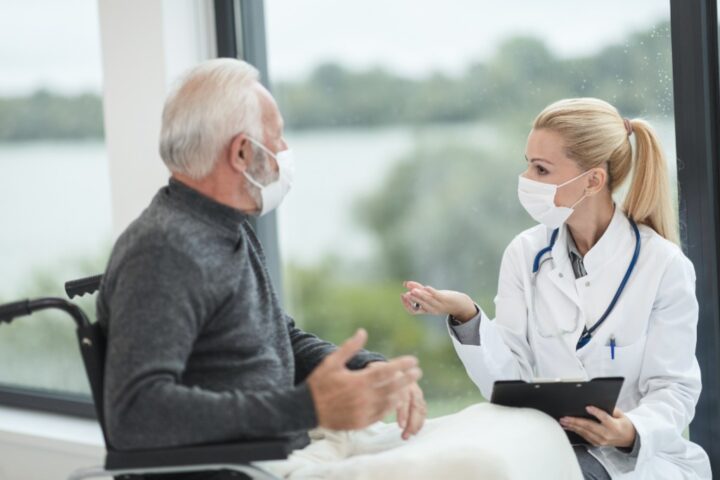
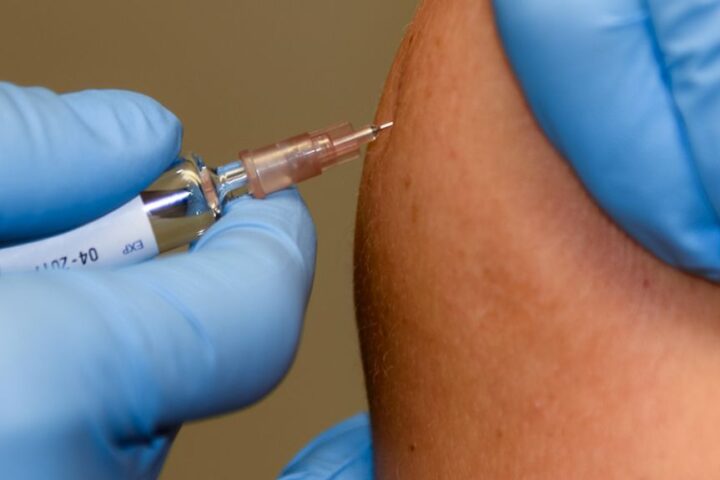
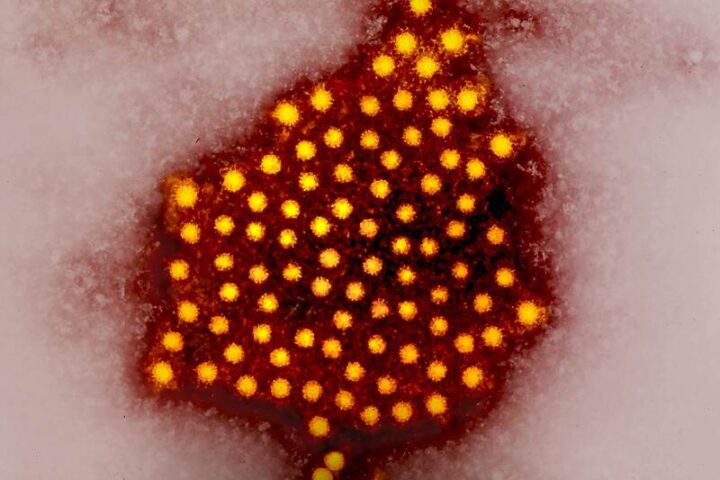

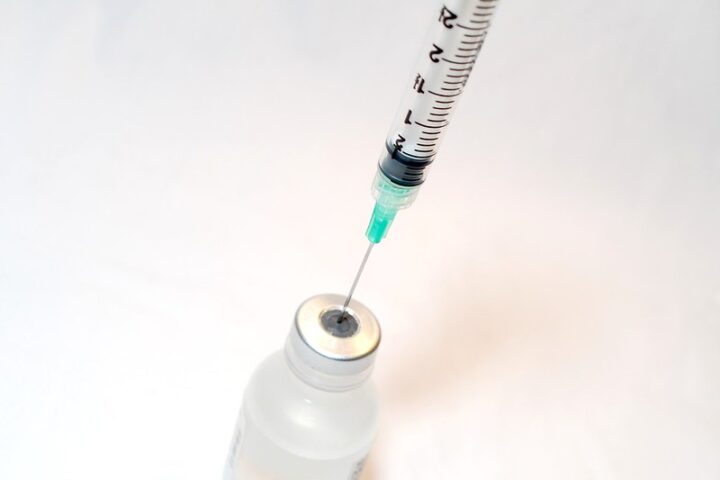


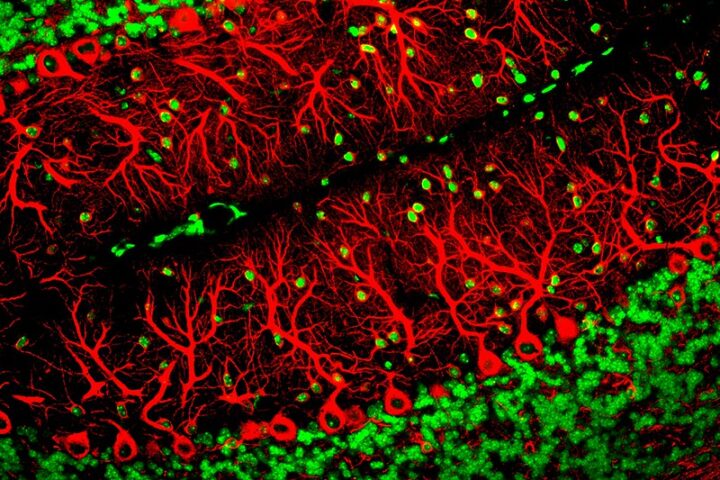
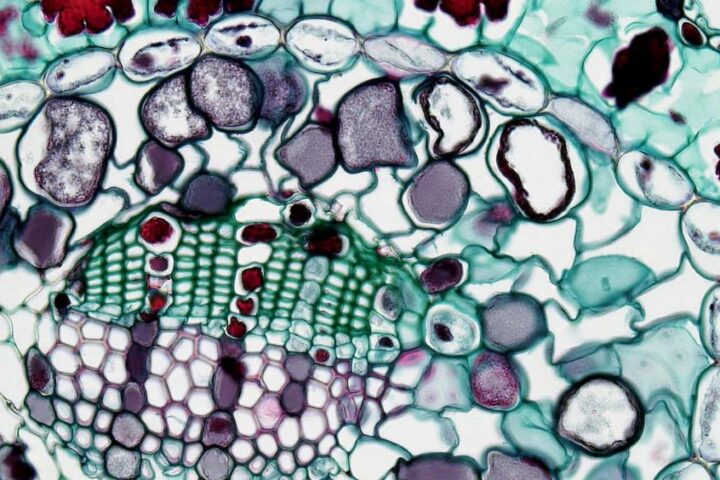

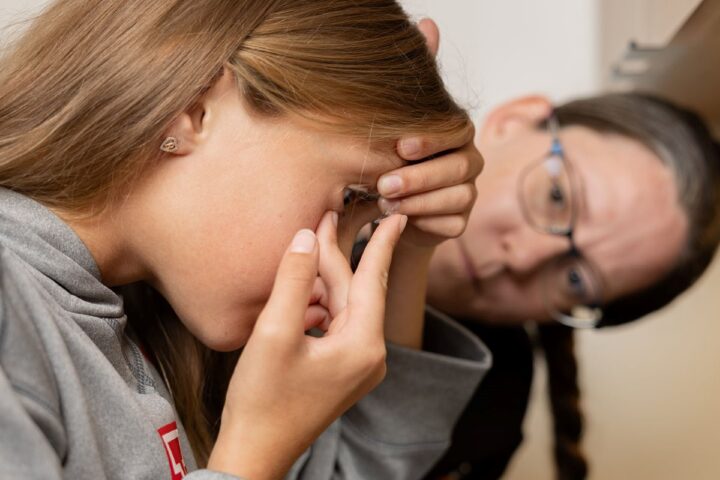


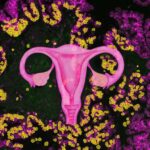
Thank you for warning people about this. Your work impressive, I like the topics you cover, keep up the good work. The health and longevity of humans at the forefront, we must work very hard make this world an out environment more sustainable. Posting the things you post about will help out and turn on the minds of people around the globe, so kudos to you.